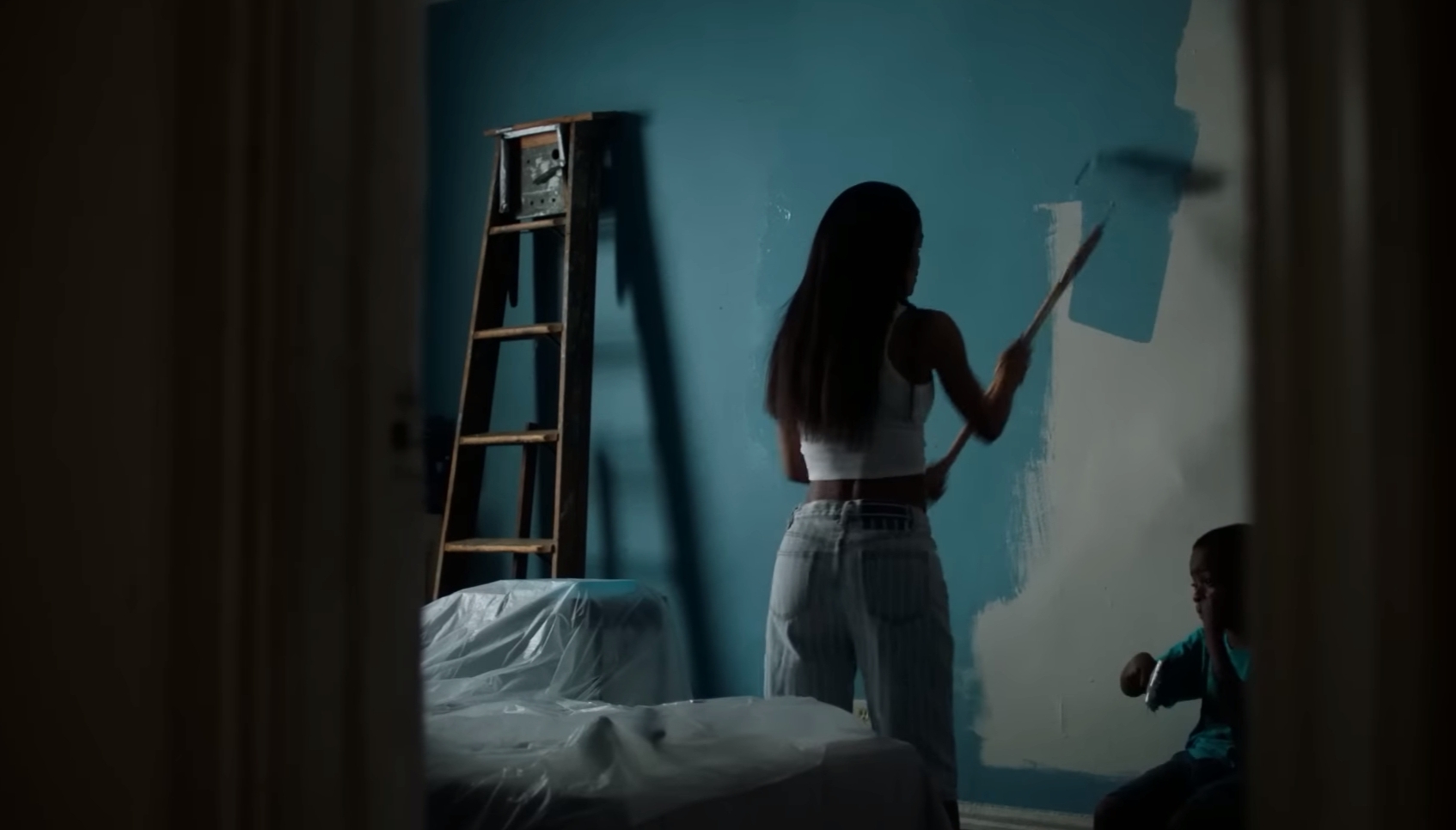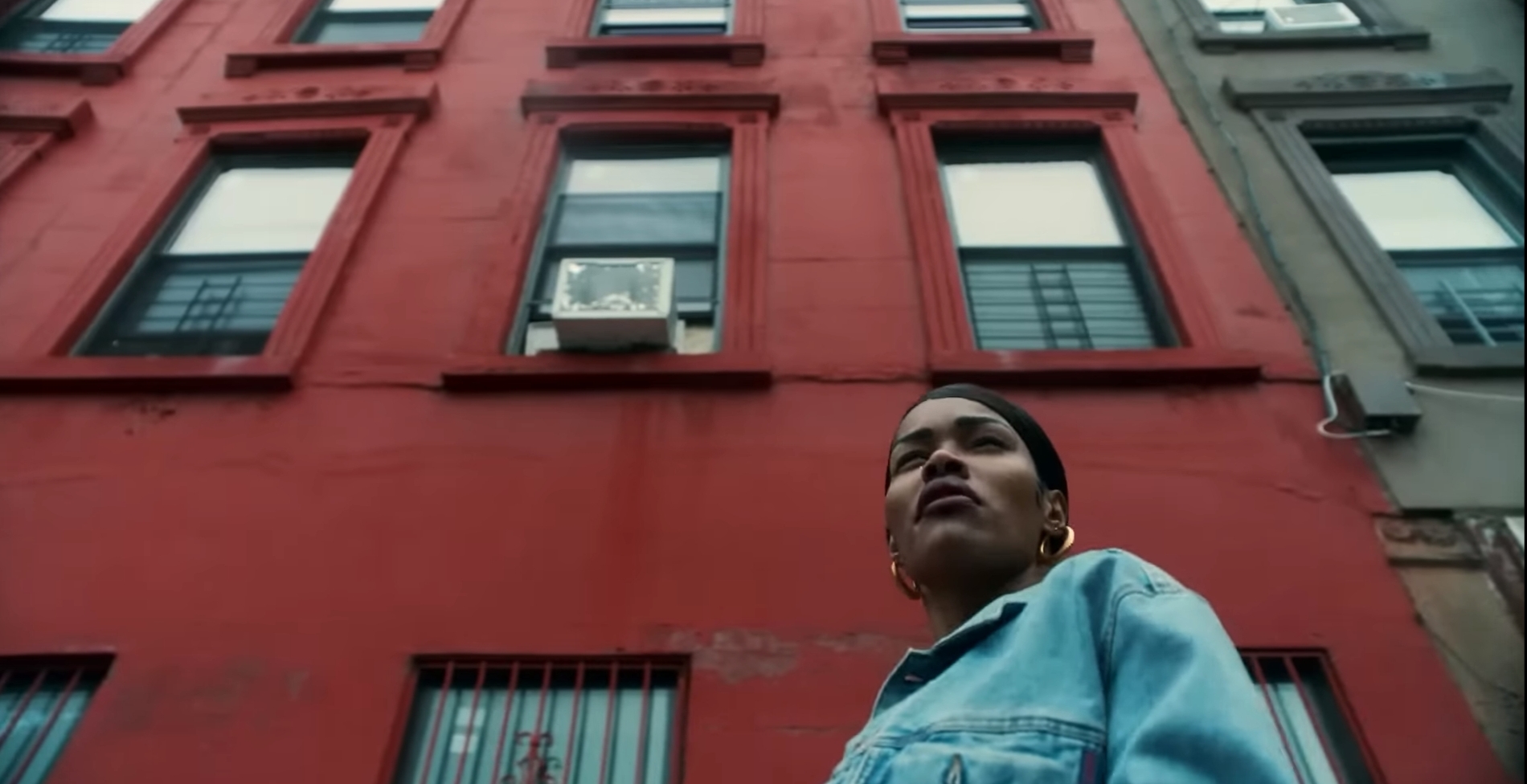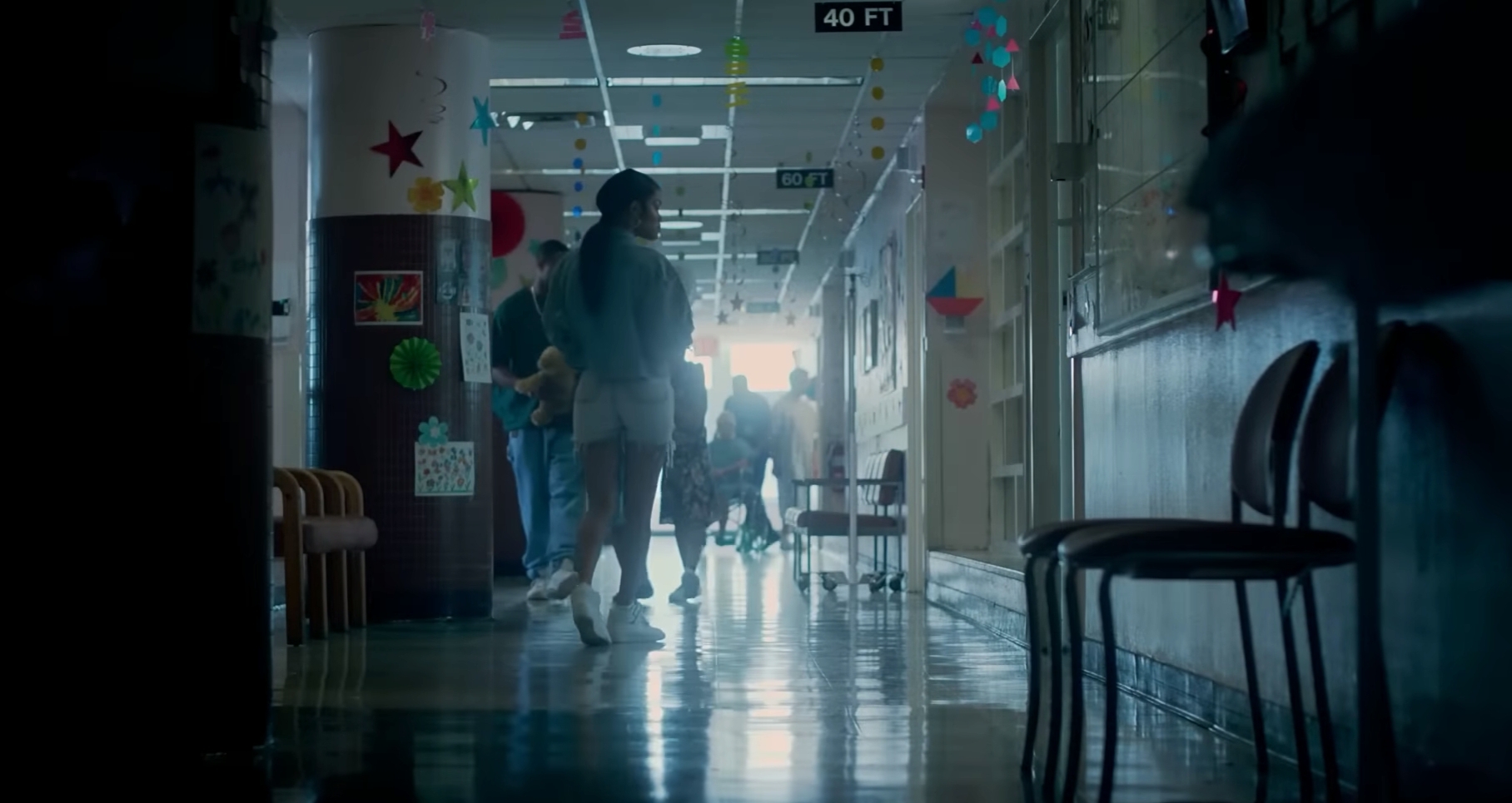Without glossing over inter-generational relationships and poignantly exemplifying the innate struggles of upbringing a child in the face of marginalization, failures, and other changes, ‘A Thousand and One’ is the gritting tale of a young woman and her child. Starring Teyana Taylor, Aaron Kingsley Adetola, Will Catlett, and Josiah Cross, it focuses on the life of Inez and her son Terry and their journey in New York in the early 1990s and 2000s. Marking the directorial debut of A.V. Rockwell, the movie stands as a testament to the unspoken struggle of mothers who battle the inherent struggles of the system.
At its epicenter, the movie is a tale of a resilient mother whose love generates from fierce protectiveness and the need to shield her kid. Besides its gritting and powerful story, the movie also enraptures viewers with its scenic cinematography. The tenor set by the vibrant atmosphere through the streets of New York adds yet another element to the narrative, which resonates even in Inez’s character. After getting released from prison, Inez spots her son Terry on the street, who had been taken by the state’s foster care program.
While their brief reunion leaves little room for reconciliation, it isn’t long until she finds Terry hurt and in the hospital for trying to escape his foster home. In a swift turn of events, she decides to kidnap her son on impulse, even though she does not have a reliable source of income or a proper place to say. Coupled with the dire circumstances, such as systemic marginalization, gentrification, and stop-and-frisk policies that shape the movie’s contours, the viewers are propelled to consider whether the movie is based on true events. Let’s find out!
A Thousand and One: Inspired by Rockwell’s New York Upbringing
Written and directed by A.V. Rockwell, the movie is not based on a true story but is inspired by the events of Rockwell’s life growing up in New York. Rockwell did not just source the story from her personal experience but also emanated Inez’s character from her interactions with women who raised their children in the face of such adversities. A native New Yorker herself, Rockwell compiled the political and personal seamlessly in ‘A Thousand and One,’ enthralling viewers immensely.

Statistics demonstrate that as many as 55 children are kidnapped from the foster system on an average day. While the state’s welfare program tries to upend the struggle and unrest in the lives of young children, travails rarely end there. Nearly one in five children face abuse in the care of their foster parents, ranging from physical, mental, and even sexual abuse. As such, the dire conditions that have prevailed for ages propels viewers to think that perhaps a woman like Inez, who’d “go to war,” really did exist.
The relationship between Inez and young Terry isn’t just that of sacrifice, perseverance, and devotion but continued resilience in the face of struggles as a marginalized community. Even when Inez and Terry find accommodation at a friend’s place, it isn’t long till Inez’s tough exterior causes her to be thrown out of her friend’s place. Even when she had to start from scratch, she didn’t despair. Not only does Inez find stable housing and employment, but she also ensures proper education for Terry by forging papers.
When her boyfriend is also released from prison, the three embark upon a journey with the adults hoping that their young ward doesn’t get sucked into a life of crime as well. Portraying the inter-generational relationships and the struggle of a parent who spares nothing to ensure that their child receives all opportunities, the movie touches upon several key issues. A central theme of the movie focuses on the inept policies and governance that brought more problems than development.

From Rudy Giuliani’s stop-and-frisk policies to the changing face of New York through gentrification, the changes in the life of Inez and Terry seem as real as the struggles of any average individual. As such, the persistence with which Inez ensures education and equal opportunities for her son makes it impossible for one to question her ways. What adds to their journey is their neighborhood which is as ebullient as their demeanor. Eric Yue’s cinematography offers a bubbling aesthetic with vibrancy and character that seamlessly corroborates with the New York of the ‘90s and early 2000s.

When changes in the name of progress crack down on the family, their lives are twisted and upended too. When Inez’s apartment is sold to the new landlord, she welcomes his unnecessary upgrades with a smiling face, with little knowledge that these updates would make her apartment unlivable and naturally force her out. As such, the story of the embattled neighborhood is as immersing as the callousness of the system Inez and Terry eclipse every day.
The end brings questions unknown and leaves viewers pondering on the pertinent issues of identity. Even so, at its root, the movie focuses on the life of a ferocious mother whose unyielding affection translates into a secure life for her son. Coupled with the realistic portrayal of Inez and the thought-evoking script, the movie leaves viewers wondering about its facticity. As such, even though ‘A Thousand and One’ emanates the lived realities of countless women and people of marginalized communities, it is not based on a true story.
Read More: Where Was A Thousand and One Filmed?


You must be logged in to post a comment.